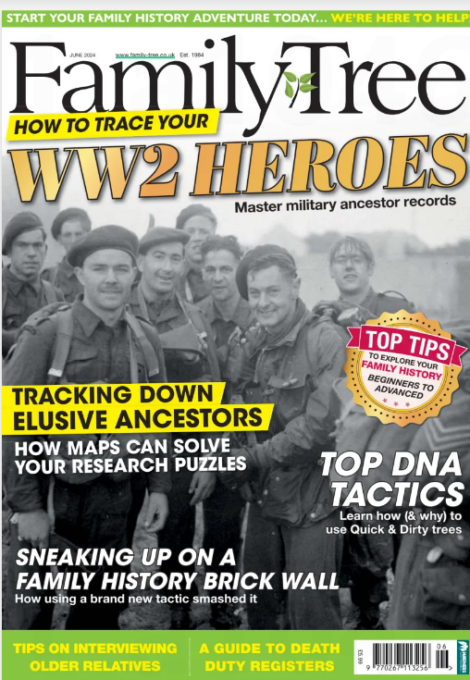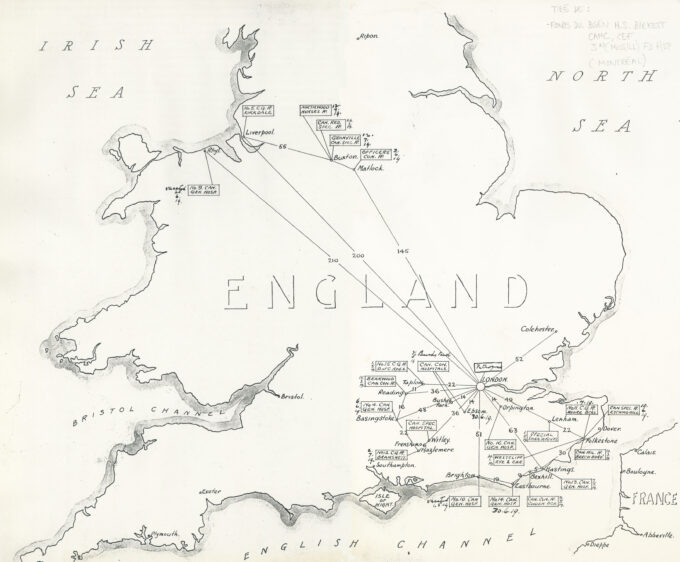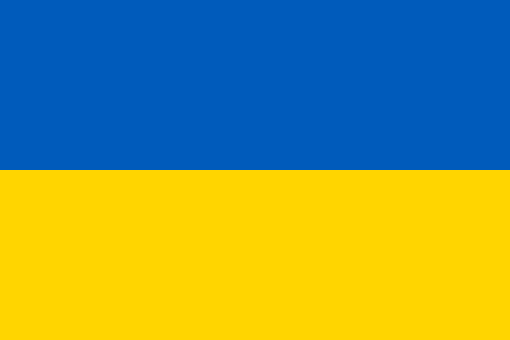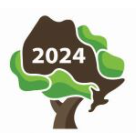Choose from selected free online events in the next five days. All times are ET except as noted. Assume registration in advance is required; check so you’re not disappointed. Find out about many more mainly US events at Conference Keeper at https://conferencekeeper.org
Tuesday, 14 May
2 pm: Ottawa Virtual Genealogy Drop-In, for OGS Ottawa Branch.
https://ottawa.ogs.on.ca/events/virtual-genealogy-drop-in-2-2024-05-14/
2 pm: A Closer Look at the 1850-1950 U.S. Census Records, with a Little Extra Help, by Diane Henriks for Legacy Family Tree Webinars.
https://familytreewebinars.com/webinar/a-closer-look-at-the-1850-1950-us-census-records/
2:30 pm: Discover Your Veteran’s WWII Story (US), by Rebecca Poole for Allen County Public Library Genealogy Center.
https://acpl.libnet.info/event/10546480
7:00 pm: A New Look at FamilySearch and Online Records, by Julia A. Anderson for OGS Essex County Branch.
https://essex.ogs.on.ca/meetings/essex-branch-may-webinar/
7 pm: Family Tree Maker, by Mark Olson for OGS Lambton Branch.
https://lambton.ogs.on.ca/
Wednesday, 15 May
2 pm: Forgotten Records: The Record and Pension Office (US), by Craig R Scott for Legacy Family Tree Webinars.
https://familytreewebinars.com/webinar/forgotten-records-the-record-and-pension-office/
2:30 pm: Where there’s a will, there’s a lawyer: using solicitor records for family research, by Trisha O’Reilly for the Guild of One-Name Studies.
https://one-name.org/solicitorrecords/
Thursday, 16 May
6:30 pm: Cemetery Etiquette and Iconography, by Lillian Wingate for Allen County Public Library Genealogy Center.
https://acpl.libnet.info/event/10546493
7 pm: On The Wright Track: Memories from C.P.R. School Car #2, by Bonnie Sitter for OGS Sault Ste Marie & District of Algoma Branch.
https://saultanddistrict.ogs.on.ca/events/sault-ste-marie-district-of-algoma-branch-sponsored-on-the-wright-track-memories-from-c-p-r-school-car-2-bonnie-sitter
7 pm: The River Runners, by Daryl Learn for OGS Niagara Branch.
https://us02web.zoom.us/meeting/register/tZ0scumvqDoqHtH_l9WaxcfbATQf_JMFCUIO
Friday, 17 May
2 pm: The Mexican National Archive (AGN): A Resource for Genealogists, by Nefi Arenas Salazar for Legacy Family Tree Webinars.
https://familytreewebinars.com/webinar/the-mexican-national-archive-agn-a-resource-for-genealogists/
Saturday, 18 May
10 am: After You’re Gone: Future Proofing Your Genealogy Research, by Thomas MacEntee for OGS Kingston Branch. Kingston.ogs.on.ca
1 pm: Reading Handwriting & Creating Transcriptions, by Cheryl Levy for OGS Quinte Branch.
https://quinte.ogs.on.ca/events/reading-handwriting-creating-transcriptions-with-cheryl-levy/



 The CEF
The CEF I thought I’d never heard of
I thought I’d never heard of 
 This Saturday, 11 May 2024
This Saturday, 11 May 2024 Checking the most popular presentations on
Checking the most popular presentations on